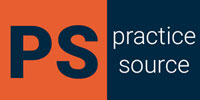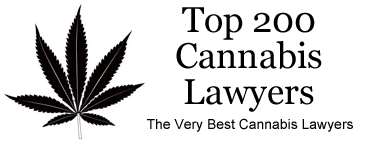Source Notre Dame
In 1963, the U.S. Supreme Court held in the case Brady v. Maryland that prosecutors must turn over any evidence favorable to a criminal defendant prior to trial, including evidence that could potentially exonerate the defendant. This rule — known as the Brady rule — is routinely violated, including in many high-profile cases.
Last year, a judge dismissed involuntary manslaughter charges against actor Alec Baldwin after the court learned that the government withheld key evidence that undercut its case. In 2018, the Netflix true crime documentary “The Innocent Man” told the story of Karl Fontenot, who was convicted of murder and later learned the prosecutor and police had not disclosed more than 800 pages of exculpatory documents and witness interviews. Fontenot was released after 35 years in prison.
New research from the University of Notre Dame provides the largest-ever examination of Brady violations and offers possible solutions.
Jennifer Mason McAward, associate professor of law at Notre Dame Law School and director of the Klau Institute for Civil and Human Rights in Notre Dame’s Keough School of Global Affairs, authored “Understanding Brady Violations,” forthcoming in the Vanderbilt Law Review. The article offers a detailed and nuanced understanding of who suppresses material evidence in criminal cases as well as why, how, where and how often.
The conventional wisdom is that nefarious prosecutors intentionally withhold evidence from criminal defendants. McAward’s study confirms that this misconduct is indeed widespread. However, the paper also identifies many cases in which evidence is mistakenly withheld and where police officers, not prosecutors, suppress the evidence.
“Prosecutors charge someone with a crime only if they are convinced the defendant is guilty and the witnesses against the defendant are telling the truth,” McAward said. “Sometimes, prosecutors are so convinced they are right that they are willing to break the rules to secure a conviction, and there are few consequences for lawyers who break the rules in this way.
“But even if a prosecutor wants to play by the rules — and most do, of course — it’s very hard to appreciate the importance of evidence that runs contrary to the theory of the defendant’s guilt,” she said.
The majority of prosecutors who choose to play by the rules, McAward points out, have the tremendous responsibility of collecting, evaluating and disclosing evidence to the defense. The system allows a lot of room for both mistakes and misconduct.
“From a defendant’s point of view, it doesn’t matter whether the exculpatory evidence was withheld by mistake or on purpose,” she said. “Either way, the defendant has been imprisoned in violation of the Constitution.”
McAward proposes a range of strategies to address the problem, including focusing on preventing good-faith Brady errors, especially in non-homicide cases. This, she states, may be substantially more productive than punishing bad-faith Brady violations, which has proven to be unsuccessful.
Relatedly, the study suggests that training law enforcement officers about their legal obligations may create a smoother pipeline for the eventual production of material evidence to defendants.
McAward’s scholarship on Brady violations follows years of teaching Notre Dame law students about the problem and becoming disheartened by the constant flow of new cases.
“I decided it’s time for me to be more proactive — to offer a deeper and more nuanced understanding of these cases so there can be meaningful, targeted policy responses,” she said. “Greater compliance with this constitutional right will benefit not only defendants, but also society in general.”
Ultimately, by providing unprecedented detail about historical Brady violations, McAward’s study will help promote the integrity of the criminal justice system and compliance with long-settled constitutional rights.




